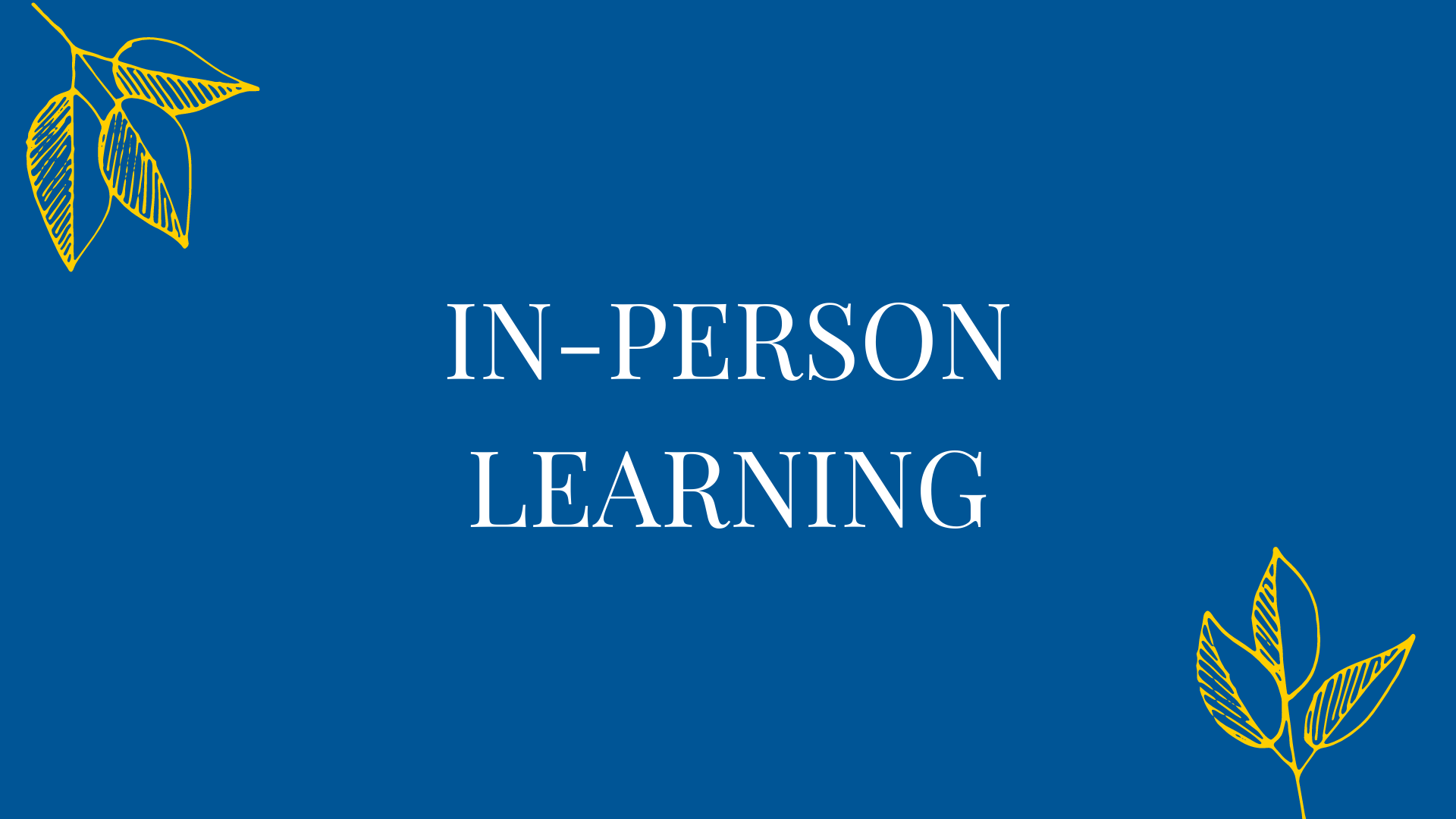7 Guidelines for In-Person Learning
Learning Objectives
By completing this section, you can:
- Identify tips for in-person learning,
- Reflect on how to interact with their peers and professors in a respectful manner in-person.
- Decide how to engage in active learning over passive learning.
In-person learning is a traditional learning environment.
It is easy to miss out on some of the opportunities in-person learning provides when we are still getting accustomed to the environment. Preparation in advance for attending in-person learning makes all the difference!
 Photo by Jesse Bombardier at University of Windsor, 2021
Photo by Jesse Bombardier at University of Windsor, 2021
Tips for In-Person Learning
Be Prepared
- Decide how you are going to take notes and bring required materials (e.g., laptop + charger, extra pens and paper, high lighters, etc.)
- Reviewing your readings prior to class primes you for the material covered in class and will help you meaningfully engage in the course instead of trying to remember every word your instructor says.
- Make note of questions or confusing concepts so you can seek clarification if necessary.
Attend Class
- Regularly attending class helps you maintain a routine, hold yourself accountable, and ensure you don’t miss any important information that lecture slides may not contain.
- Discussions and activities in the classroom — between fellow students and professors — often lead to greater mastery of the material.
Active Learning over Passive Learning
- Although it may be intimidating to ask or answer questions in class, especially in large courses, engaging with other students and professors at lectures can help expand on the learning material.
- Establishing connections with your professors and peers can help foster a greater sense of belonging, enhance your engagement, and even inspire your intrinsic motivation.
Chapter Progress

Classes that occur physically on campus.
A form of motivation that occurs when actions are performed for personal satisfaction instead of due to external factors.


